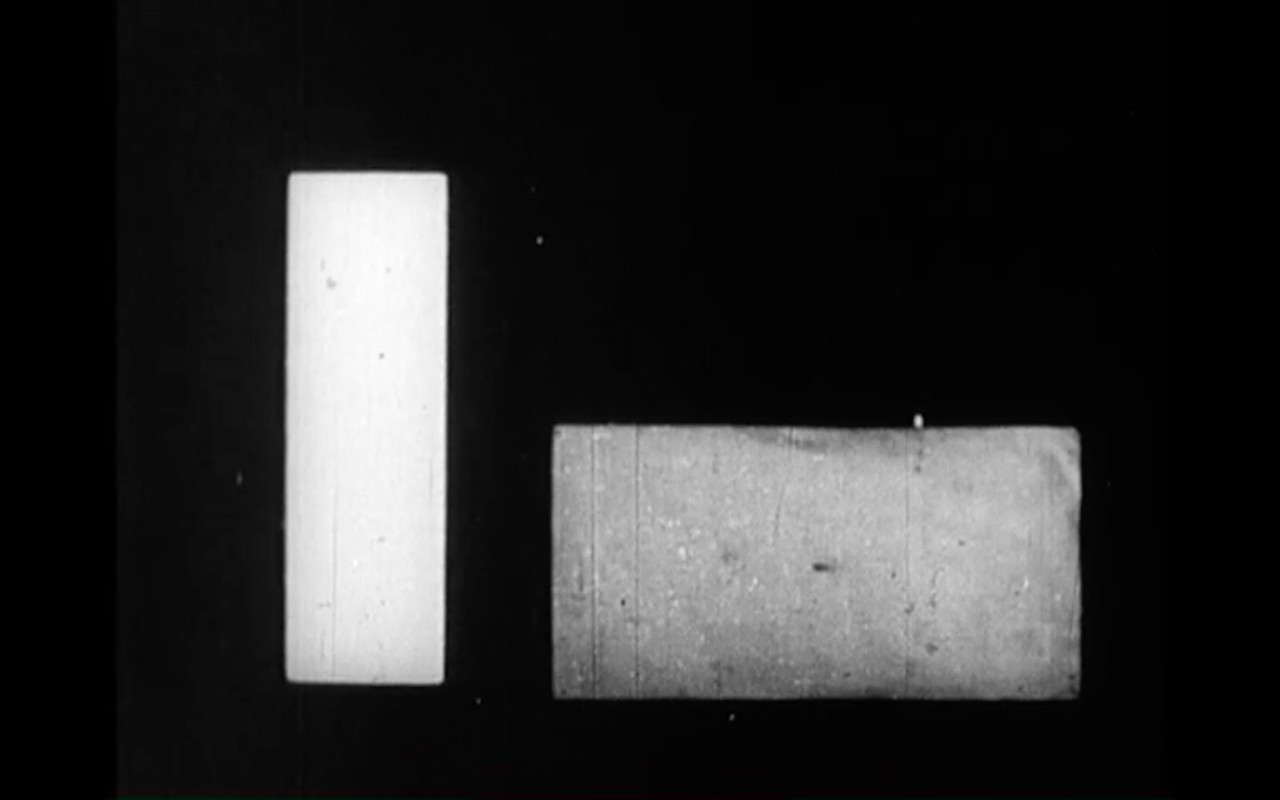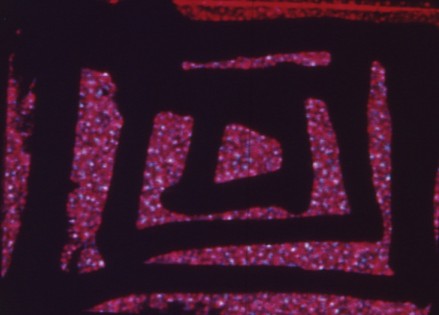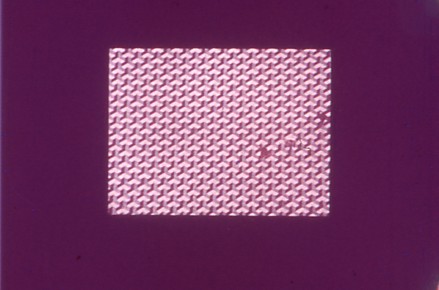
Euclidean Illusions: Geometries of the Avant-Garde
Films
- Read More
 AnimationExperimental
AnimationExperimentalRhythmus 21
Hans Richter16mm, black and white, silent, 2.5 minRental formats: 16mm, Digital file - Read More
 Experimental
ExperimentalVisual Variations On Noguchi
Marie Menken16mm, black and white, sound, 4 minRental format: 16mm - Read More
 AnimationExperimental
AnimationExperimentalEarly Abstractions
Harry Smithcolor, sound, 23 minRental format: 16mm - Read More
 Experimental
ExperimentalBridges-Go-Round
Shirley Clarke16mm, color, sound, 7.5 minRental formats: 16mm, Digital file - Read More
 Experimental
ExperimentalSix Loop-Paintings
Barry Spinello16mm, color, sound, 11 minRental format: 16mm - Read More
 Experimental
ExperimentalLibrary
Ken Kobland16mm, color, optical sound, 3 minRental formats: 16mm, Digital file - Read More
 Experimental
ExperimentalEuclidean Illusions
Stan Vanderbeek16mm, color, sound, 9 minRental formats: 16mm, Digital file
Description
This chronological selection of films from the Film-Makers’ Cooperative archive, playing on Saturday, October 22nd, 2022, at 6pm, looks at the ways in which avant-garde filmmaking experimented with different methods of geometric abstraction from 1921 to 1980. Curated by Julia Curl.
Beginning with Hans Richter’s very first film, Rhythmus 21, the medium was reimagined as a moving canvas onto which the filmmaker could paint their own world of forms, detached from a physical reality beyond the screen. Or, in the case of Marie Menken’s Visual Variations on Noguchi, Shirley Clarke’s Bridges-Go-Round, or Ken Kobland’s Library, the screen became a way to distill the geometric elements of real-life sculpture and architecture into a pure aesthetic experience outside of material function. This sampling closes with a look toward the creative possibilities of computer animation, realized during Stan VanDerBeek’s artistic residency at NASA in Houston.